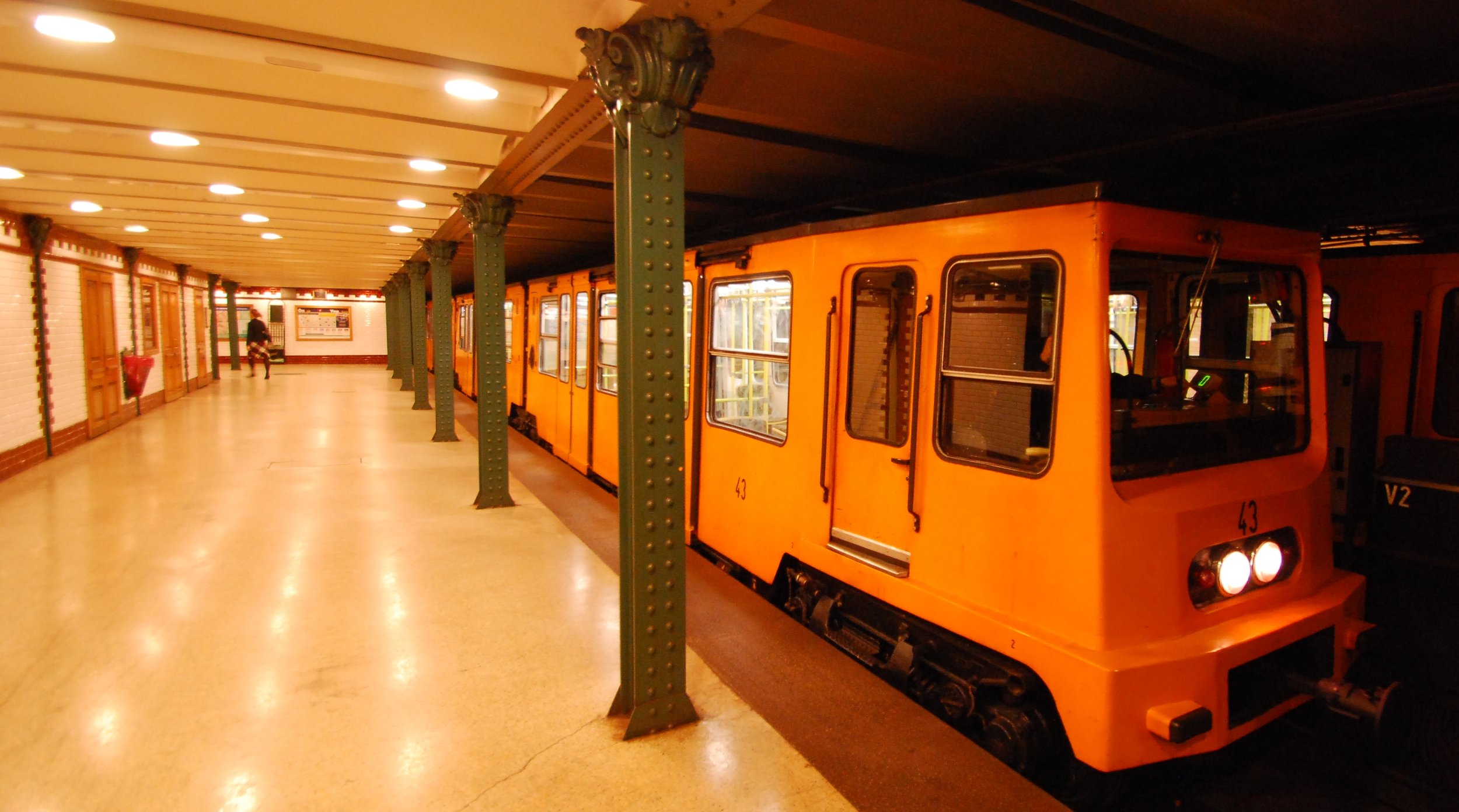Location Spotter: MÁV Gépgyár's 'Kolonia' Housing Complex
zita kisgergely
Budapest is loaded with conspicuously filmable locations, from the Chain Bridge to Guzsdu Courtyard. But one of the great things about the city, is that beyond the obvious locations, there exist neighborhoods and structures filled with historical interest and architectural surprises. For instance, take the MÁV Gépgyár kolónia (or, the Colony) as it is known. The small housing development was the result of a merger between machine-making giant Ganz and Hungarian locomotive company MÁVAG to house the factory workers and company supervisors.
Photo via egykor.hu/ Google maps
Photo via egykor.hu by Kováts Győző
Photo via egykor.hu
Completed in 1909, the complex represents the company's attempt to take care of all its workers' needs. The four-story brick buildings contained communal baths, and steam rooms. In the complex, there were laundries, on-site restaurants, a cinema, theater, daycare, clinic, card-room, and a casino for the supervisors. Moreover, there was an on-site ice factory to supply residents with ice to keep food in their kitchens from going bad. In essence, it was a small campus that workers could retire to for rest and entertainment, and where spouses could find what was needed to maintain their homes and care for family.
Photo via egykor.hu
Photo via egykor.hu
Photo via egykor.hu
Built on the perimeter of Józsefváros, where it borders the neighborhood Kőbánya, the structure ultimately comprised 645 workers' lodgings and ten multi-room apartments for the supervisors. While it wasn't exactly an experiment in social living, it was very forward thinking for the time. But, of course, Socialization and modernization occurred in the late 20th century, changing the profile of the community. For instance, for a time, in the 80s, the complex was the site of the cultural center called Vörösmarty Kultúrház. Scenes from the modern classic Hungarian musical comedy Csinibaba were filmed there—so the site is not unprecedented as a location.
Photo via egykor.hu
Photo via egykor.hu
Photo via egykor.hu
Filming in Hungary, while dependable, can also be surprising. The ‘Colony’ is only one of the gems that make the city of Budapest so textured as a destination and location.
Flatpack Films has many years of experience dedicated to offering expert servicing. It has brought the best of Hungary to countless brands, agencies, and production companies through its unique locations, exceptionally skilled crews, top of the line equipment and technical solutions. Backed by an impeccable track record, Flatpack Films has worked with world-class clients including Samsung, Samsonite, Toyota, Braun, Chivas Regal and many more - bringing their projects to life through a highly bespoke approach.




















































